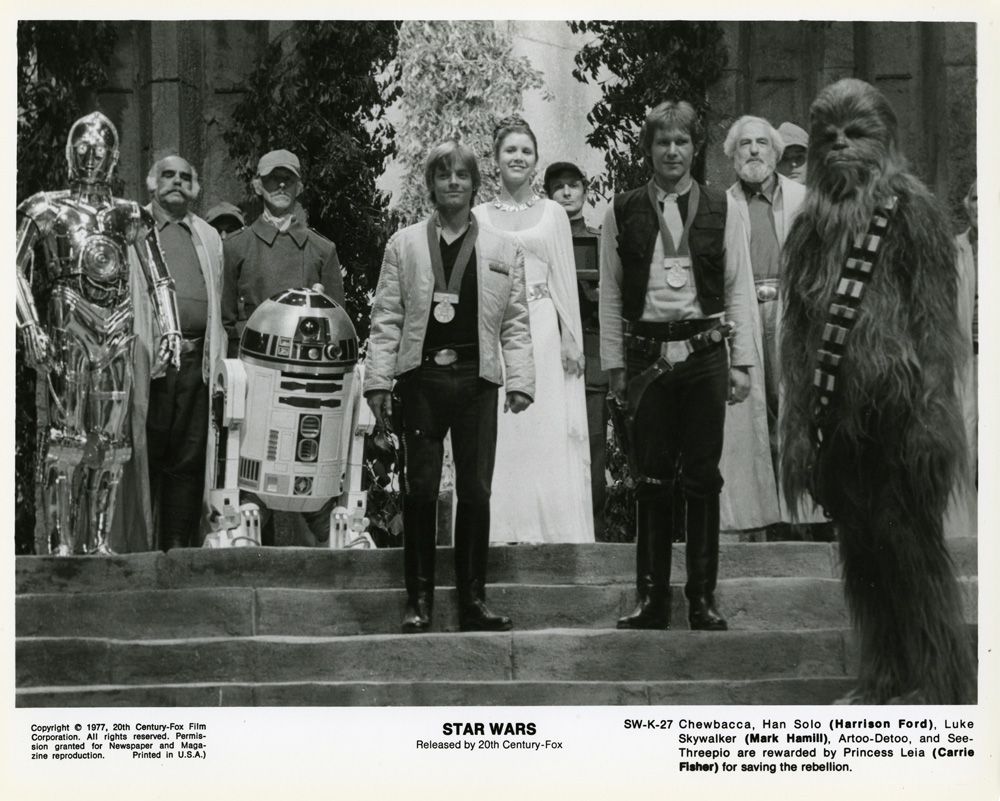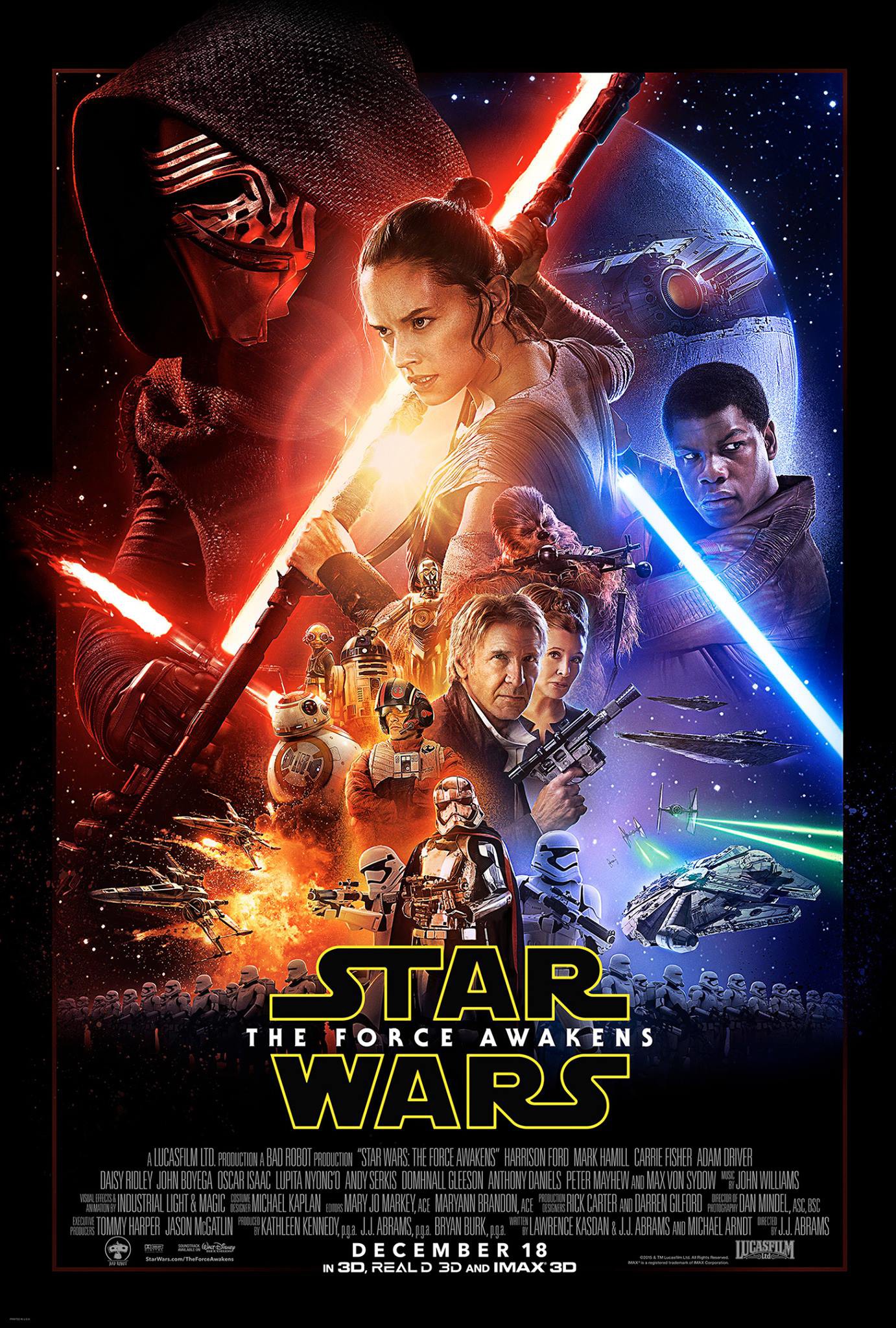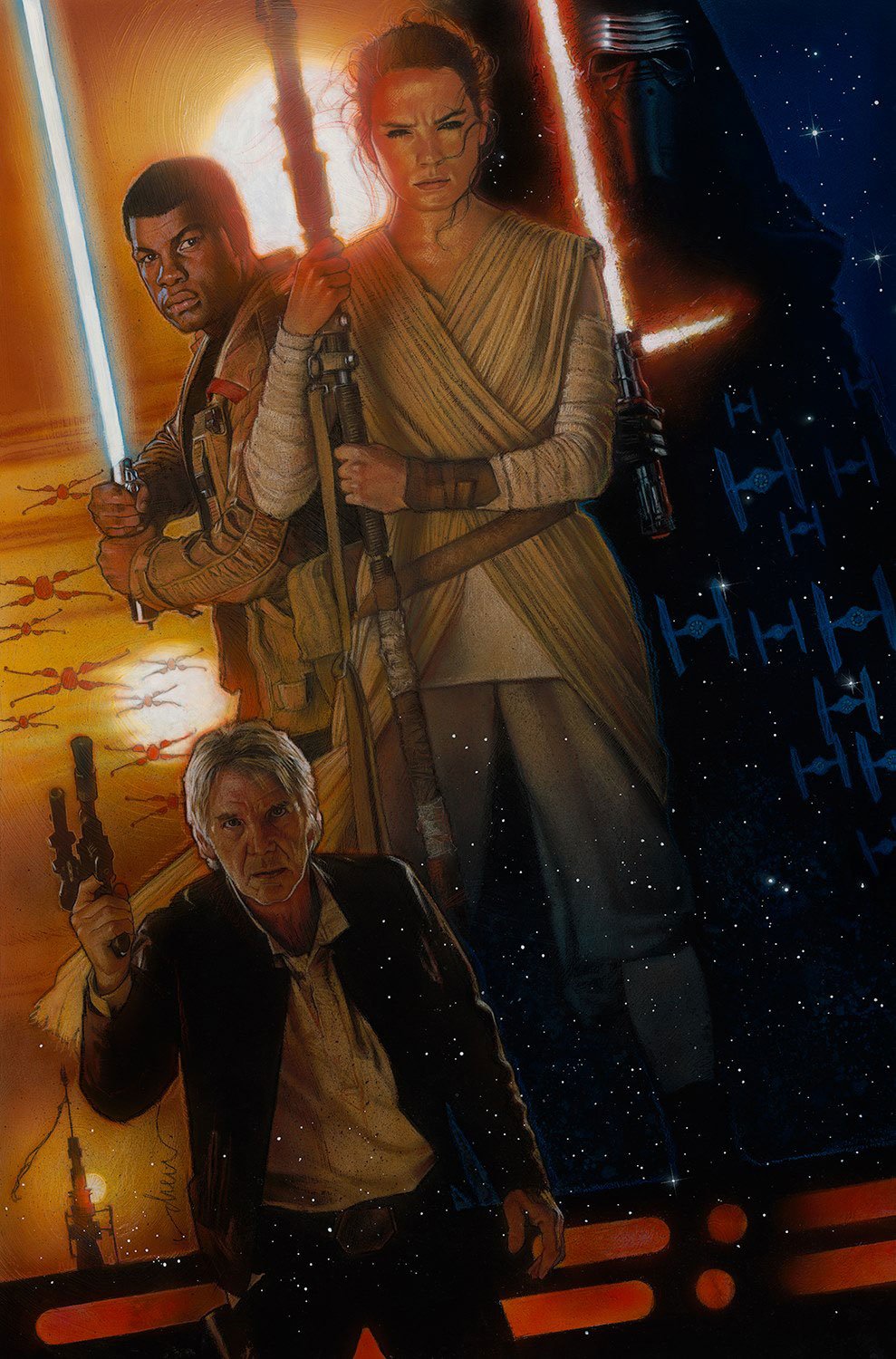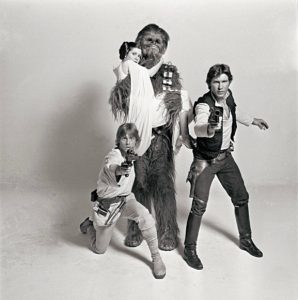On Impermissible Thinking
Before I say anything else, I want to compliment Roland Dodds, my colleague at Ordinary Times, for his courage in taking on a topic with perhaps as much tolerance for an effectively forbidden perspective as that site, or almost any American political-cultural site today outside the “Alt-Right” (“Alternative Right”), is likely to withstand.
The very first comment on the thread questioned, or one might even say attacked, Roland’s willingness to treat proponents of the taboo perspective as “intelligent” at all, and seemed to fault him for observing a discussion marked by anti-Semitic tropes without, apparently, adequately emphasizing his own distaste for them. ((November 2, 2015 at 12:24 am:
I feel like once you are getting involved in area’s of white nationalism, you lose all claims on being a sharp tool or intelligent. What points do you agree with Spencer on? How does he know the meetings were all white and Jewish? Where is his proof? Where is his evidence? Doesn’t it disturb you that he is willing to be openly anti-Semitic?
…as though “intelligence” might be measured by degree of conformity to the commenter’s own views; and as though anyone has ever produced evidence that high intelligence and correct or sympathetic beliefs always – or perhaps even often – coincide.)) I think in fact that Roland could hardly have made his own position clearer: His piece is structured as a repudiation of the views that he is nonetheless accused of failing to condemn strongly enough.
Roland does confess that for him the forbidden thinking contains some interesting or admirable thought, but I do not think anyone in his position ought to feel the need to apologize. That the enemy, or the scapegoat, or the heretic, or even the fool or child can have nothing to say of interest to us is itself a foolish and childish notion, and ought to be treated as an authentic heresy, close to the only one, for proponents of open-minded inquiry.
Epic in Global Real-Time
Roland’s subject is the Alt-Right attack on Star Wars, or on the new Star Wars installment as portrayed in its advance publicity. He answers the Alt-Right by citing Joseph Campbell’s landmark work, The Hero with a Thousand Faces, and by placing the Star Wars saga within the ancient epic tradition. Yet, the Alt-Right also understands the saga somewhat in this way, if less as a pastiche or assemblage or imitation of pre-existing epics than as “our” epic or a proposed epic: a version of an actual or (literally) projected epic for us.
There is much to be said for this view regarding the uses of narrative, as embodied in popular fictional narratives, in constructing not just our common stock of catch-phrases and immediately understood references, but in enunciating and validating common values and beliefs in an otherwise chaotically pluralistic culture: We differ on many things, but we mostly agree to root for the Rebels and against the evil (mass-murderous, deformed, exaggeratedly malignant) Emperor Palpatine. To call a character and a mode of conduct evil is to outline the good. To the extent we agree on Star Wars, we agree on good and evil, for us – not a small thing, if not or not yet a specifically very important or revealing thing. We constitute ourselves as the global people of Star Wars -StarWarsians of the Star Wars era, one might say – though whether Star Wars uniquely adds anything to our global self-constitution may be in question. ((The occasional exceptions to the rule will tend to support it, if subtly, since the authors will be themselves speaking as rebels against a reigning misbelief – where they do not seem simply to be writing satirically.))
Put differently, the political argument is precisely that the true or most significant “source material” for Star Wars is not some set of ancient literary texts with pre-literate and pre-historical roots, but our own actual reigning beliefs, so “our time” and “our culture,” not any other time or culture, and, more important, and the reason we may be interested even if we do not particularly admire the movies as works of art, is the perception and on this matter therefore the fact that our time and our ideas about ourselves are not just at the source but are equally and simultaneously the storytellers’ objective.
Though the true epic of our time would likely be a not yet recorded narrative assembled from diverse sources, among which Star Wars may or may not play any identifiable role, at this cultural-historical moment Star Wars stakes one of the most convincing claims, even and especially as a lowest common denominator claim, to status of “unifying myth,” and on a global scale. Star Wars does not merely draw upon the ancient sources, it is an epic for us and our time, being composed in our time, a quasi-ritualistic re-foundation of our own common culture, doing for us, in its tales of a galaxy long ago, what the myths of ancient cultures are thought to have done for those who recited and heard them.
The “Alt” View
500 years from now, if there are historians at all, and they find our culture interesting, the Star Wars saga will stand as an artifact of our time – in world-historical terms of the late 20th to early 21st Century American-formed Global Order. The cultural forms and expressions of this order are shaped principally by the results of World War II, in which the United Nations – a global alliance led by, as the enemy put it, a “mongrel” nation and a “slave” nation – defeated, indeed effectively annihilated amidst massive so-called “strategic” and total warfare and, eventually, extended occupation, the leading representative states of exclusionary ethno-nationalism – or of national monoculture rather than transnational multiculture. ((Whether global multiculture relies on, propagates, and equates with a peculiarly deracinated monoculture of its own, differences annihilated ideally and really by capital, is a separate discussion.))
So, the problem that the Alt-Right has with this latest incarnation of our global epic – supposedly about a galaxy long ago and far away but obviously and inherently about a global regime right here and everywhere, now – is precisely about the character or desirable character of the real origin culture, which is not or not merely an imaginary culture or merely an assemblage of ancient cultures, but also “our” “culture.” In perhaps deceptively simple terms, for those who believe that white boys need white male role models, this installment of the epic seems to be offering quite progressively less. If Star Wars is an epic of anything it is, and very much, and self-consciously, an epic of their defeat.
Yet the American “Alt-Right” and corresponding movements in other countries represent, among other things, a stubbornly held belief that the news is neither all in nor all good for the world-historical political-cultural regime form of our era. Nor, in this view, are the returns all in for the defeated regime form, even if Nazi Germany, Imperial Way Japan, and Fascist Italy are never to rise again.
From this perspective, the once-upon-a-time Axis Powers may have been destroyed – or vastly out-produced in a war of competitive industrial bases ((Of course, the model we prefer, and that Star Wars replicates, is victory of plucky, brave, ingenious, and virtuous volunteers, with providence or The Force on their side, vs evil psychopaths.)) – with the result that a “United Nations”/multi-cultural/ e pluribus unum ideology has since the 1940s amounted to the official ideology, or political theology, of global civilization, but the story, or history, is not actually over: 70 years may seem a short time in world-historical terms; and for the same reason any declaration of final victory or defeat would be premature. Furthermore, the material or temporary material defeat of an idea is not necessarily the same as a defeat of the idea as an idea or even as a still available recourse – depending on developments.
As Roland has I believe pointed out, and certainly as he has implied in different ways, far left and other “un-intelligent” critiques share numerous features in common with this “Alt-Right” view, sometimes including the centrality of “race.” A main acknowledged difference, of course, is the end state. The Marxist or post-Marxist, or materialist and progressive left still believes (or must believe) in a release of productive forces that would eliminate the enduring sources of social conflict (which latter always, from prison yard to world war, turns at some point into some form of “racialized” or nationalized, or political theological conflict). Americanism still relies on a parallel concept, on the solution of social conflict by other means: the ever-expanding frontier, originally a geographical expanse, now a technological and temporal expanse, into which inequities can be continually and indefinitely projected. ((See many sources for this observation, but very pointedly Reinhold Niebuhr in The Irony of American History.))
The Alt-Right has to believe, or is defined by the belief, that both visions are fantasies tending towards nightmare. According to the typical Alt-Right racial or human concept, the “multiculture” – an aspirational, so imaginary, assemblage culture – is neither natural, nor desirable, nor sustainable, and, though post-war post-industrial Americanism-Globalism may have had an impressive run, it is or may be doomed. As much to the point, even if Americanism-Globalism is not doomed, or likely to meet its doom anytime soon, its success is not the success the Alt-Right would want anyway, since that success presently involves the systematic active suppression of their own unique identities or identity expressions, in the name of a, to them, transparently false regime of “equality” – “equality” to be imposed and enforced by their reduction and demotion, by comprehensive denial of their identities or favored or self-chosen identity expressions. This never completely implemented regime of global equality is, for them or in their minds, a regime in which all ethnicities and belief systems are held to be equal and worthy of pride, each with an absolute right to exist as such, practice self-defense as such, and seek self-advancement as such – except for theirs. Theirs is the one identity or identity formation which is to be corrected and subject to further correction, as a matter of reparation and compensation for imputed historical crimes, on charges against which no defense is to be heard. To complete the circle, it is this very work of correction, compensation, and reparation that continually re-constructs an “Alt-Right/white” interest in the very act of suppressing it.
To call this process, as intimated in a popcorn flick, however widely talked about and seen, a “white genocide” seems some mixture of obscene and ridiculous, yet Star Wars VII still stands as the image of the completed destruction, or intended destruction, of a white racial patriarchal concept as our cultural-integrative concept.
In Pictures
In the transition from Star Wars (1977), the first film – aka Star Wars: A New Hope and Star Wars: Episode IV – to Star Wars Episode VII: A Force Awakens (2015), we can also observe, as we would expect, a movement of “our” history, which necessarily implies a self-reflexive movement in the history of our concept of ourselves.
The movement is also, necessarily, also tracked in the movement of Star Wars as a would-be central unifying or integrating cultural self-representation – as legitimate “epic” of our own time and place and space, not possibly of any other time and place and space – from…
…to…
The Alt Right, quite apparently under the influence of the trailer and other advance publicity, sees, even more, this:
…as, metaphorically, the Democratic coalition, perhaps, clockwise from top (and leaving out the masked figure), Barack, Hillary, and Bernie – or, for the ultra-rightists, Barack, Hillary, and… any old aging, decreasingly relevant Republican.
To Re-State the Too Obvious
To say the same thing in many more words, if still more in the manner of a thesis than any attempted proof:
The period of the making of Star Wars, equally of the post-Vietnam, post Watergate, post-OPEC, stagflationary air that the young George Lucas and friends were breathing, was widely taken as a combined political, military, cultural, and economic nadir for post-War America, even amidst the public observation of the Bicentennial of the American founding in 1976. The background mythos informing Star Wars is – so obviously that it need not even be stated or perhaps needed not to be widely stated – reflects an American and modern revolutionary mythos as muchas it reflects anything in Joseph Campbell. Put differently, the Hero with a Thousand Faces provided a vehicle for an epical/epochal re-envisioning and restatement of the or an American revolutionary idea, at a time when it was felt to be in need of an overhaul. At the time, it was still possible to represent that idea cinematically as a “racially” monochromatic idea.
The refracted Americanism of Star Wars is still, in short, an Americanism or Anglo-American globalism embodied as much in the physical persons of Mark Hamill, Carrie Fisher, Harrison Ford, and Sir Alec Guinness as in the characters they played. The principal figures offered up for emotional identification to the audience, and even their principal antagonists, are all, whatever else they may be or represent, of the same ethnic type. ((Even the very “black” Darth Vader is, as we later learn, of the same genetic line as our heroes.)) Otherwise, the “Wookie” character is a furry monstrosity with a silly name, that speaks in unintelligible squeals. Similarly, the alien representatives of the rebel alliance and the Empire’s lumpen-proles – the “diverse” population that Roland and OT commenters mention as though in rebuttal to the reactionaries’ reactions – are variously bizarre and ludicrous figures: The “colorful” allies are depicted via stereotypically orientalist caricatures or as cartoonish sentient animals.
Especially if we focus on the landmark first film, but even if we include typical exceptions from the later ones in either set of three, the conclusion remains inescapable that this galaxy long ago and far away is a place ruled by white men, with appropriately white male heroes, plus one clever white princess who looks appealing in a harem costume, and a few vaguely grotesque and comical walk-on “honorary Aryans.”

The Alt-Right is criticizeable in many ways, and is undoubtedly full of unpleasant people given to saying repugnant things and taking pleasure in doing so, but the Alt-Right is not wrong to point to a transformation whose existence is obvious, but whose significance is difficult to discuss. The denial their statements receive may in turn reflect a determination on the part of a type of true believer to accept the narrative as a kind of sacred truth, rather than as an even conceivably debatable proposition.







 ). Go to our
). Go to our 


Interesting. A lot to chew on.
You may find this interestng:
http://www.davegutteridge.com/star_wars_-_force_and_state